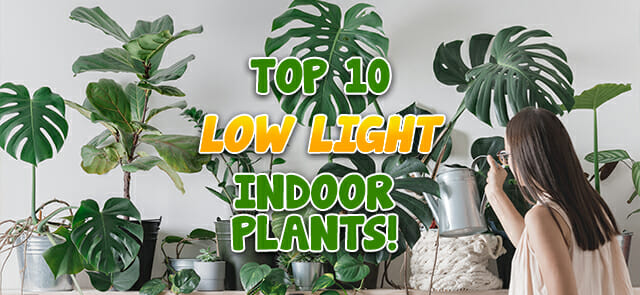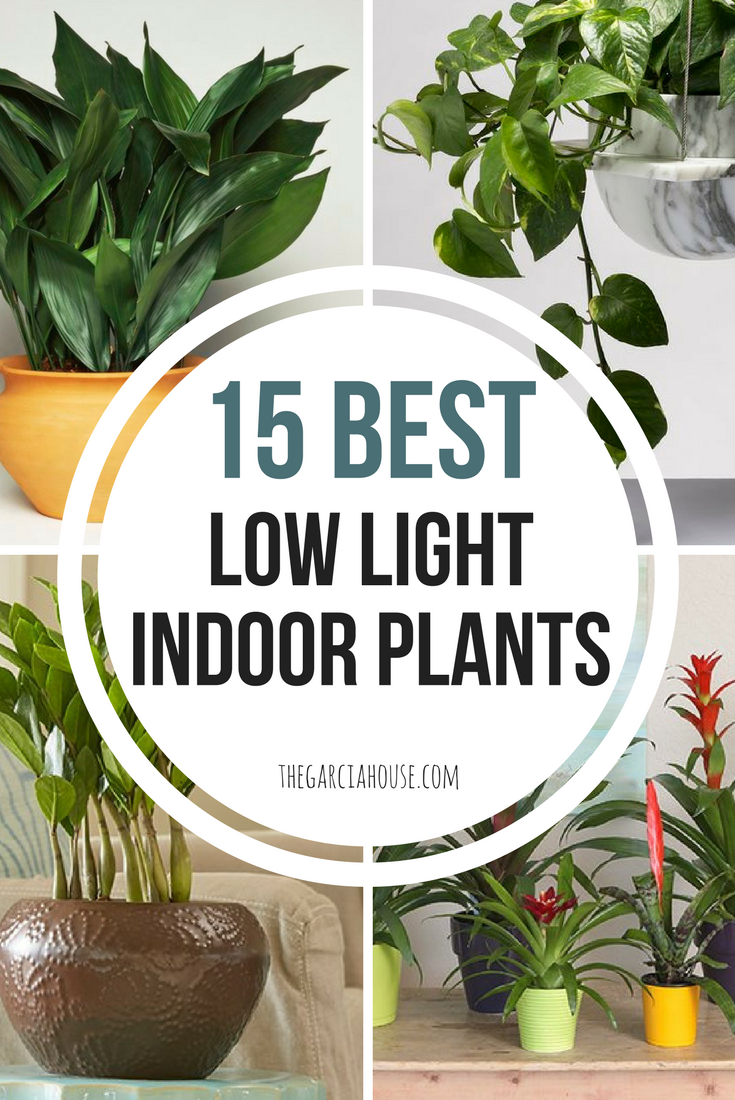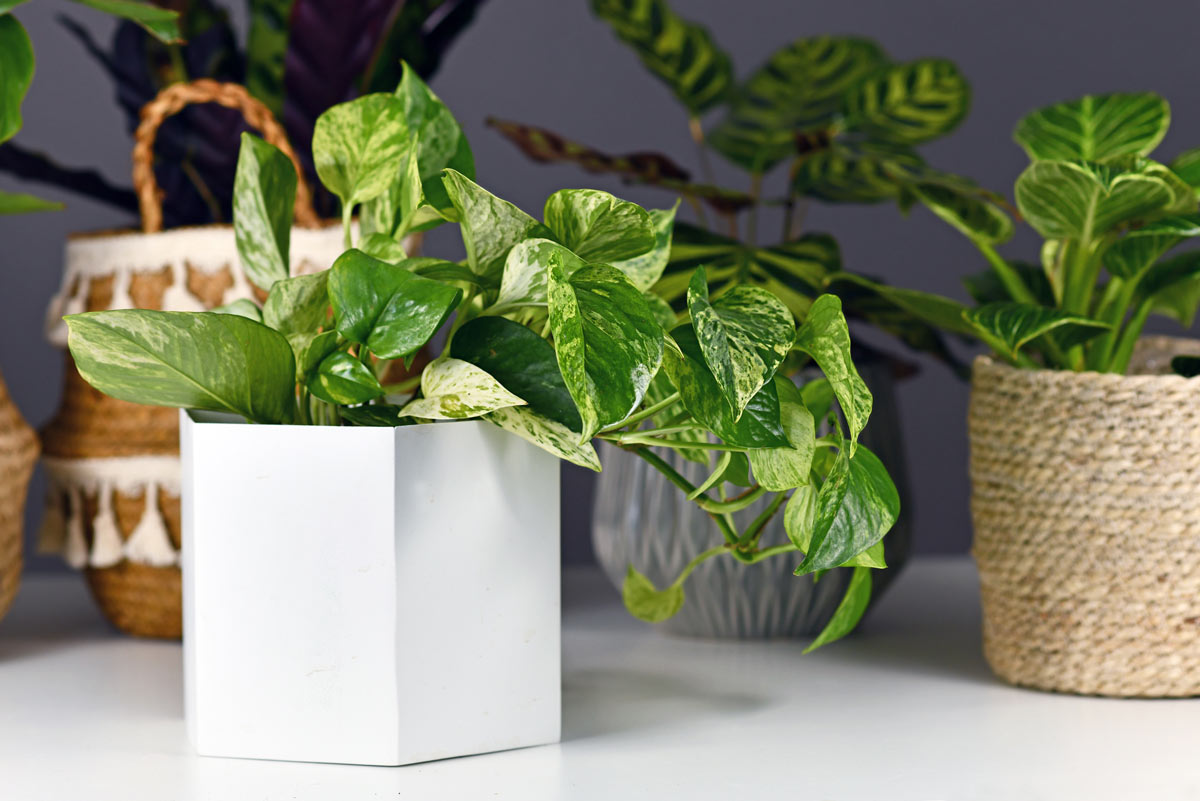Where to Place the Best Low-Light Indoor Plants in Your Home for Maximum Impact
Discover the Tricks of Low-Light Indoor Plants and Exactly How They Improve Your Atmosphere
Low-light interior plants have actually garnered raising interest for their one-of-a-kind ability to improve both aesthetic allure and environmental quality within homes and work environments. These durable types, consisting of the Serpent Plant and Tranquility Lily, not only thrive in tough lights conditions yet likewise play a crucial duty in air purification and psychological well-being.
Advantages of Low-Light Indoor Plants
Although several people presume that interior plants require bountiful sunshine to prosper, low-light interior plants provide a plethora of advantages that make them optimal for numerous settings. One of the main benefits is their adaptability; they can thrive precede with limited all-natural light, such as offices, cellars, or areas with little windows. This function enables people to improve their environments with plant, adding to boosted aesthetic appeals without the demand for considerable lights alterations.
Moreover, low-light indoor plants can dramatically boost interior air quality by launching and filtering damaging contaminants oxygen, making living rooms healthier. The visibility of plants has actually been connected to higher feelings of peace and emphasis.
In addition, low-light plants commonly call for much less maintenance than their sun-loving counterparts, making them optimal for busy individuals or those brand-new to gardening. Their durability permits them to prosper with marginal intervention, therefore providing a fulfilling experience for plant enthusiasts and newbies alike. In recap, low-light indoor plants offer both visual and functional functions, making them beneficial additions to any type of space.
Top Low-Light Plant Selections
Low-light indoor plants can be found in a range of varieties, each offering special attributes and benefits fit for dark settings. Among the most prominent selections is the Serpent Plant (Sansevieria), known for its air-purifying abilities and architectural fallen leaves. This resistant plant grows on overlook and can tolerate a wide variety of light conditions.
One more excellent choice is the ZZ Plant (Zamioculcas zamiifolia), which includes shiny, dark green leaves and is highly drought-tolerant. Its versatility makes it a favored for offices and homes with limited sunlight.
The Pothos (Epipremnum aureum) is additionally a leading challenger, with its routing creeping plants and heart-shaped fallen leaves - Best low-light indoor plants. This flexible plant can be trained to climb or cascade, adding aesthetic passion to any kind of space

Treatment Tips for Low-Light Plants
Looking after low-light interior plants requires a nuanced understanding of their details requirements to guarantee optimum growth and vigor. Initially, it is necessary to select the appropriate potting mix, as a well-draining soil is essential to prevent origin rot. A blend made for houseplants, typically including peat moss and perlite, works well for many low-light selections.
Watering is one more key aspect of care. Low-light plants normally call for less frequent watering contrasted to their sun-loving equivalents. It is a good idea to examine the top inch of soil; if Read Full Report it really feels completely dry, it's time to water. Overwatering can result in difficulties such as mold and origin degeneration.
Fertilization ought to be come close to with care. During the growing period, a watered down fluid plant food can be applied monthly, but in cold weather, several have a peek at this site low-light plants get in dormancy and require little to no fertilization.
Finally, it is necessary to periodically clean up the leaves to eliminate dirt, permitting better light absorption. By adhering to these care ideas, you can grow a growing environment for your low-light indoor plants, boosting both their look and longevity.
Enhancing Air High Quality With Plants
Interior plants play a significant role in enhancing air quality within homes and office. Via the procedure of photosynthesis, these plants take in carbon dioxide and launch oxygen, adding to a much healthier atmosphere. In addition, particular low-light interior plants have the capability to filter harmful pollutants, such as benzene, formaldehyde, and trichloroethylene, which are frequently discovered in indoor settings.

In addition, the existence of interior plants can boost humidity levels, which aids reduce completely dry skin and respiratory system issues, better improving total well-being. This capability to boost air quality not just advertises physical health yet additionally supports mental health.
Incorporating low-light indoor plants right into your living and functioning rooms can cause a much more vivid and invigorating setting (Best low-light indoor plants). Buying these natural air purifiers is a straightforward yet effective method for boosting interior air quality and promoting a much healthier way of living
Creating a Peaceful Indoor Area
The combination of plants right into living rooms not only enhances air high quality however likewise adds to a tranquil environment. Low-light interior plants, such as serpent plants and pothos, are particularly efficient in producing a peaceful atmosphere, as they flourish in conditions that may or else be unwelcoming for other plant. Their lavish vegetation gives a relaxing aesthetic, minimizing anxiety and advertising leisure.
Integrating these plants into your home or office can stimulate a feeling of tranquility and health. Purposefully positioning them in locations where you invest substantial time, such as living work spaces or rooms, permits an immersive experience with nature, which has actually been revealed to boost state of mind and cognitive feature.
In addition, the mild movement of fallen leaves in response to airflow can produce a vibrant aesthetic element that enhances the general ambiance. Consider using a selection of plant heights and structures to add depth and rate of interest to your space. With thoughtful placement and treatment, helpful site low-light indoor plants can change any location into a calm shelter, fostering not just visual satisfaction yet likewise emotional and emotional wellness.

Conclusion
Including low-light indoor plants into various environments yields substantial advantages, consisting of improved air quality and enhanced visual allure. The transformative power of low-light plants underscores their worth in improving both job-related and household setups.
Although numerous people think that interior plants need plentiful sunlight to grow, low-light interior plants provide a wide variety of benefits that make them perfect for different atmospheres.In addition, low-light interior plants can dramatically boost interior air top quality by filtering system hazardous contaminants and releasing oxygen, making living areas healthier. In addition, certain low-light indoor plants have the capacity to filter hazardous contaminants, such as formaldehyde, benzene, and trichloroethylene, which are frequently located in interior settings.
Low-light interior plants, such as serpent plants and pothos, are particularly effective in creating a peaceful atmosphere, as they prosper in problems that might or else be unwelcoming for various other greenery.Including low-light interior plants right into various settings yields substantial benefits, including boosted air quality and enhanced visual allure.